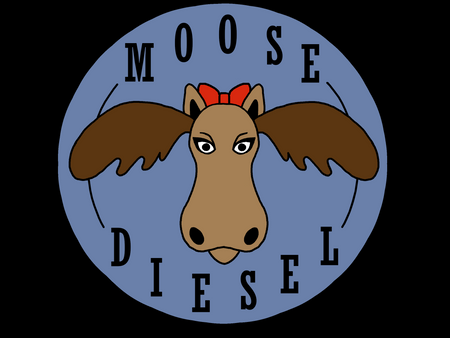
Performance issue with your new injection pump?
Diagnosing Pump Performance Issues: What You Need to Know
More often than not, when a customer contacts us about a performance issue with a newly installed pump, the root cause turns out to be a fuel supply issue—not a fuel delivery issue.
If you've been running a stock injection pump that performed reliably until failure—and you then install a new pump—it's not uncommon to experience disappointing initial results. While it's easy to make assumptions, it's critical to assess a few key factors.
1. Consider How the Old Pump Failed
Was it a sudden failure accompanied by blue smoke? That usually points to a mechanically broken or worn injection pump. If the failure was gradual—loss of power, hard starts, or no-start conditions—it’s fair to assume that basic systems such as voltage, cranking speed, glow plug function, and fuel pressure were verified before replacement. Once the new injection pump is installed and issues persist (or new symptoms arise, like low power), further diagnosis is required.
2. Timing Matters
If the engine runs with the new pump, has it been accurately timed? Many folks "time by ear" and consider it good enough—but troubleshooting requires precision. Guesswork doesn’t cut it. Proper diagnostics demand validation through actual test procedures. Moose Diesel offers timing meter rentals to support this process.
3. Fuel Supply System: The Usual Suspect
In our experience, the leading cause of disappointing performance right out of the gate is the vehicle’s fuel supply system. Troubleshooting these issues can be complex—especially for those unfamiliar with basic hydraulic principles.
Let’s face it: the trucks receiving these pumps are usually decades old—and often neglected. The fuel tank in particular is a common culprit. A stock injection pump may operate fine while drawing fuel through a suboptimal system because it's not demanding peak performance. But everything changes when you upgrade to a higher-output pump.
4. Understanding Fuel Pickup Limitations
Many fuel pickup tubes have a screen or "sock" on the end. These are typically mounted near the bottom of the tank and are designed to serve a range of engine sizes. For example:
|
Engine Type |
MPG |
Fuel Demand |
Sock Compatibility |
|
6.9L Diesel (170hp) |
18MPG |
Moderate |
✅ |
|
7.5L Gas (More hp) |
8MPG |
High |
✅ (same sock design) |
Now, imagine that sock is partially clogged after 30+ years. If half the screen is blocked, the original 60cc pump may still receive enough fuel to produce 170hp. But when replaced with a 100cc pump expected to support closer to 300hp, the fuel restriction becomes problematic. That new Moose pump is only as good as the fuel it receives—and without sufficient flow, performance will suffer dramatically.
5. Fuel Pressure vs. Fuel Volume: A Misunderstood Relationship
Fuel pressure and volume are directly linked—you can't adjust one without impacting the other. Most technicians check pressure, but volume can only be measured accurately when the engine operates near max horsepower. This means pressure testing in the driveway isn’t enough. Real-world testing under load is essential.
6. In-Cab Pressure Testing: Why It’s Non-Negotiable
If you call Moose Diesel for tech support regarding performance, fuel pressure under load will be one of the first topics we discuss. Unfortunately, there’s often resistance to this testing—many technicians prefer replacing parts without confirmation. But unless you can measure fuel pressure inside the cab during a drive, you can’t truly rule out a supply problem.
Some customers say, “I dropped the tank, cleaned it, replaced the lift pump and filter. Everything is new!” But they still can’t quote actual fuel pressure readings. And ironically, “everything new” can introduce fresh problems—like routing issues, kinked hoses, clogs from installation tape, and more.
The Bottom Line
If you don’t know what your fuel feed pressure is under load, you’re working blind when diagnosing your fuel injection system.
Moose Diesel offers professional-grade solutions to help—ranging from high-end pressure monitoring kits to simpler in-line gauge options you can install yourself. We pride ourselves on our email-based tech support and are committed to helping you resolve performance issues when you buy our products.
But to succeed, we need your partnership. That means performing the necessary diagnostics to confirm that the supporting components are functioning properly with your new pump. With teamwork and proper testing, we can get your truck running like it’s meant to.
